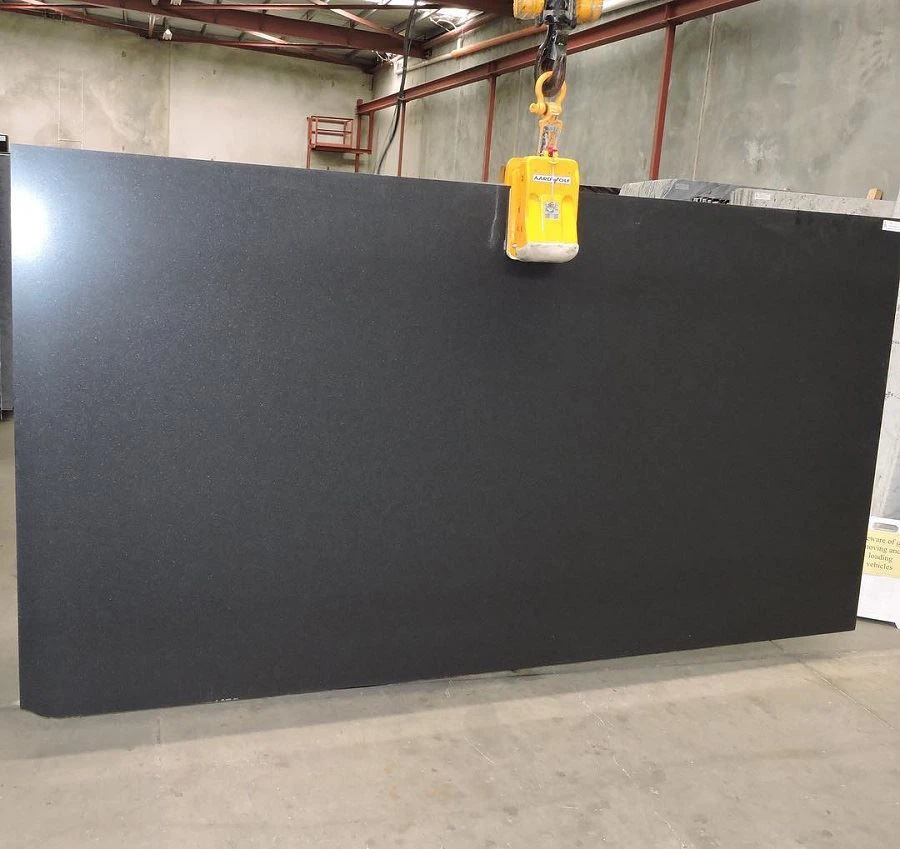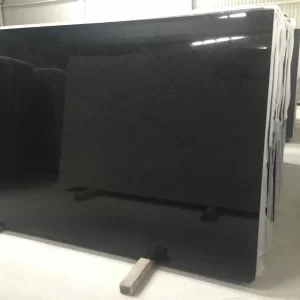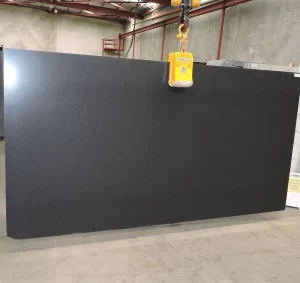Granite slabs are a well-liked option for countertops due to its reputation for resistance to wear and tear as well as their aesthetic appeal. In order to ensure that a granite slab will last for a long time and maintain its flawless beauty, it is vital to clean and maintain it properly. The following are some of the complete instructions that are provided in this article regarding the cleaning and maintenance of a granite slab. These guidelines include the following: regular cleaning procedures, avoiding abrasive cleansers, preventing stains, treating spills promptly, adding sealants, and getting expert assistance when necessary. It is possible for homeowners to maintain the best possible condition for their granite slabs for many years to come if they adhere to these instructions.
Perform Routine Cleaning Procedures
Maintaining the cleanliness and beauty of a granite slab requires that it be cleaned on a regular basis. As a first step, dust or sweep the surface to remove any loose dirt or debris that may be present. For the next step, make use of a gentle, wet sponge or cloth, as well as a pH-neutral, mild cleaner that has been specifically created for natural stone surfaces. Granite can be damaged by cleaners that are acidic or abrasive, therefore it is best to avoid using them. Use a circular motion to wipe the surface gently in order to remove any residue or filth that may be present. The sponge or cloth should be washed periodically, and the water should be replaced as necessary. Last but not least, use a clean, soft cloth to completely dry the surface in order to avoid leaving any wet stains or streaks.
Abrasive cleaners should be avoided
When working with a granite slab, it is absolutely necessary to refrain from using any abrasive cleaners or scrubbing pads. Material that is so abrasive has the potential to damage the surface and reduce its natural luster. Instead, choose cleaning equipment that do not include any abrasive materials, such as sponges or soft cloths. Baking soda and water can be combined to form a paste that can be used to remove stubborn stains or residue that has dried on. Once the paste has been applied to the affected region, clean it gently with a soft cloth and then thoroughly rinse it off. Before applying any cleaning product or method to the full surface of the granite slab, it is imperative that you first test it on a tiny, relatively unnoticeable part of the granite.
Steering Clear of Stains
Granite has a certain degree of porosity, which means that it has the potential to absorb liquids if it is not adequately sealed. It is essential to have a granite sealer of excellent quality applied on a consistent basis in order to avoid stains. Through the process of sealing, a protective barrier is created, which slows down the rate at which liquids are absorbed into the stone. The suggested frequency of sealing should be followed according to the instructions provided by the manufacturer. Furthermore, it is important to ensure that you are aware of potential staining agents, which include acidic substances (such as lemon juice and vinegar), oils, and dyes. Immediately clean up any spills that may occur in order to prevent them from penetrating the granite and producing stains.
Taking Prompt Action in Response to Spills
To reduce the likelihood of a granite slab being stained, it is critical to promptly clean up any spills that may occur. However, rather than wiping or rubbing any spills, you should use a clean, absorbent cloth or paper towel to blot them up. This is because wiping or rubbing might spread the liquid and possibly push it further into the stone. After the extra liquid has been absorbed, the area should be blotted gently. Following that, clean the surface by employing the routine cleaning procedures that were discussed earlier. Use a poultice that is formed of a mixture that is specifically developed for the elimination of granite stains if the stain continues to be present. Ensure that you carefully follow the instructions, and if necessary, seek the advice of a professional.
The process of applying sealants
The use of a sealer is an essential component of the maintenance of granite slabs. Granite is protected from stains and moisture absorption by sealants, which help protect the granite. Making ensuring that the surface is clean and dry is an important step before applying a sealer. When applying sealant, it is important to follow the directions provided by the manufacturer, as different formulations may require different application methods and varied amounts of time to dry. The sealer should be applied evenly using a clean cloth or applicator, and then it should be allowed to penetrate the granite for the full amount of time that is advised. When the sealant has had sufficient time to dry, use a gentle cloth to buff the surface in order to remove any extra residue.
Looking for the Assistance of Professionals
When cleaning or maintaining a granite slab, it may be necessary to seek the aid of a professional in certain circumstances. It is recommended that you seek the advice of a professional stone restoration specialist in the event that the stains are difficult to remove or if the granite needs to be restored as a result of damage or wear. This group of professionals is equipped with the expertise and specific gear necessary to tackle more difficult cleaning and maintenance problems. They are able to evaluate the state of the granite slab, provide recommendations that are appropriate, and carry out any necessary repairs or restoration work in order to bring the granite back to its previous splendor.
In order to maintain the long-term beauty and durability of a granite slab, it is essential to clean and maintain it in the appropriate manner. It is possible to prevent damage and stains by performing routine cleaning using gentle, pH-neutral cleaners, avoiding materials that are abrasive, and swiftly clearing up any spills that may occur. When sealants are applied at the intervals that are advised, a protective barrier is created that prevents stains and moisture from being absorbed. If the stains continue to be present or if more significant restoration work is required, it is recommended that you seek the services of a professional. Homeowners can guarantee that their granite slabs continue to be in excellent condition for many years to come by adhering to these rules. This will allow them to preserve the natural beauty of their granite slabs and improve the overall aesthetics of their rooms.











